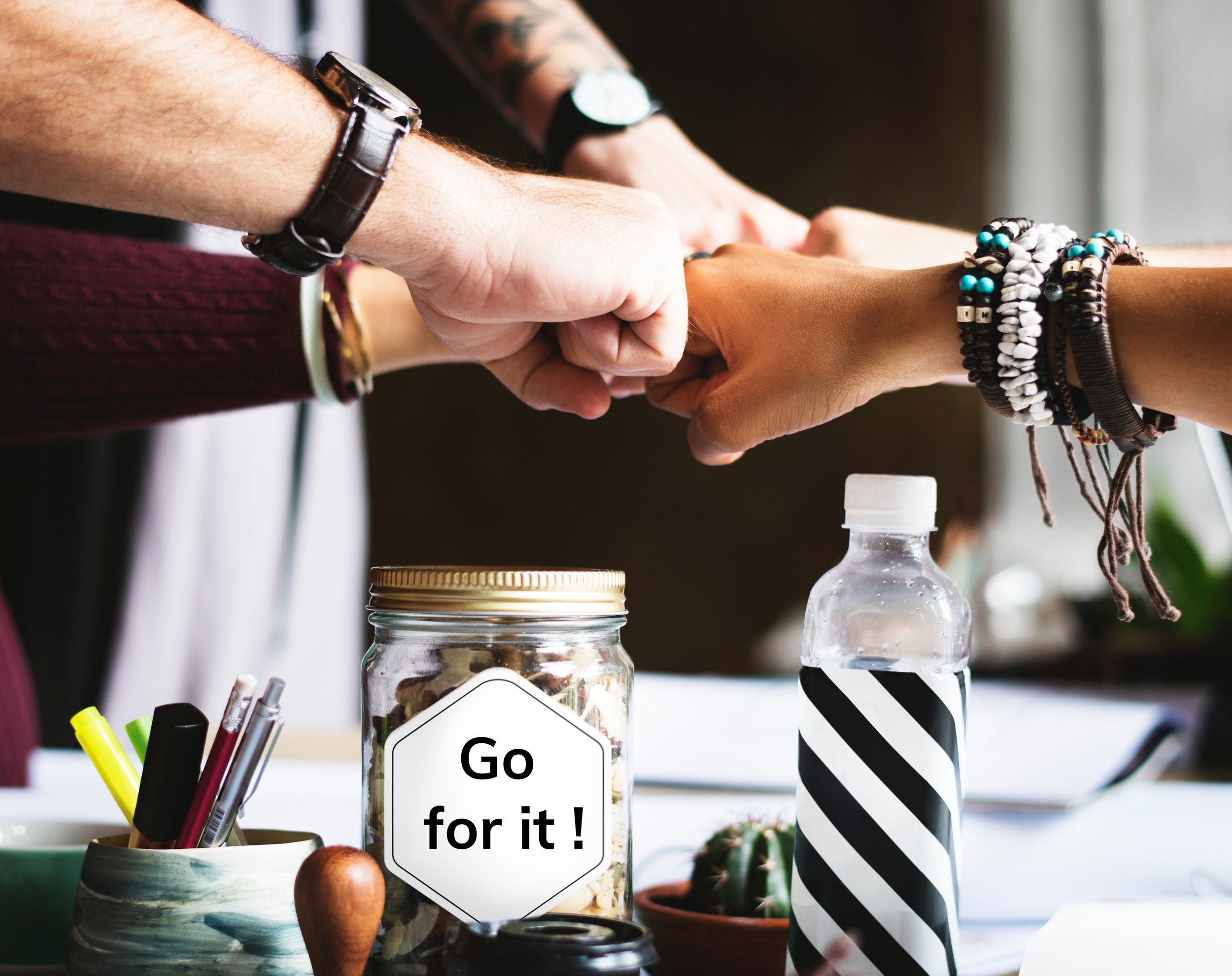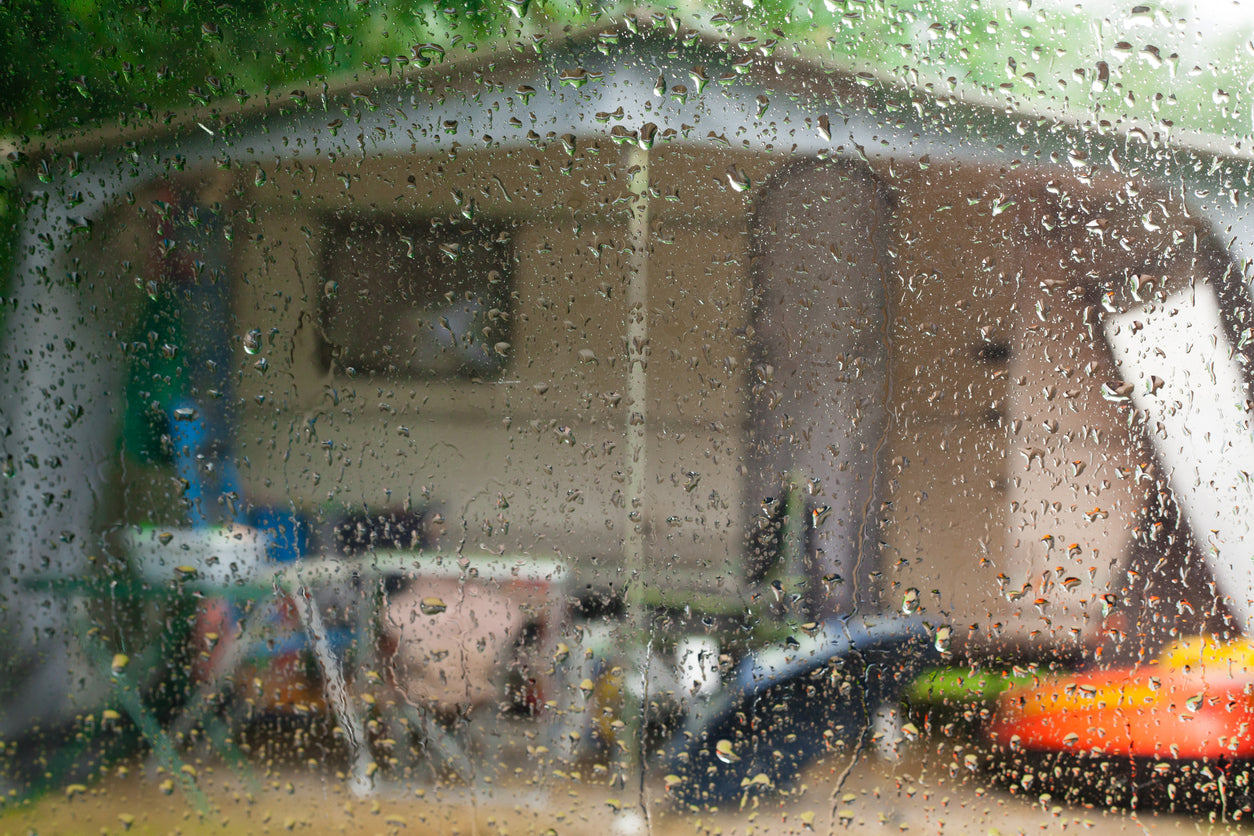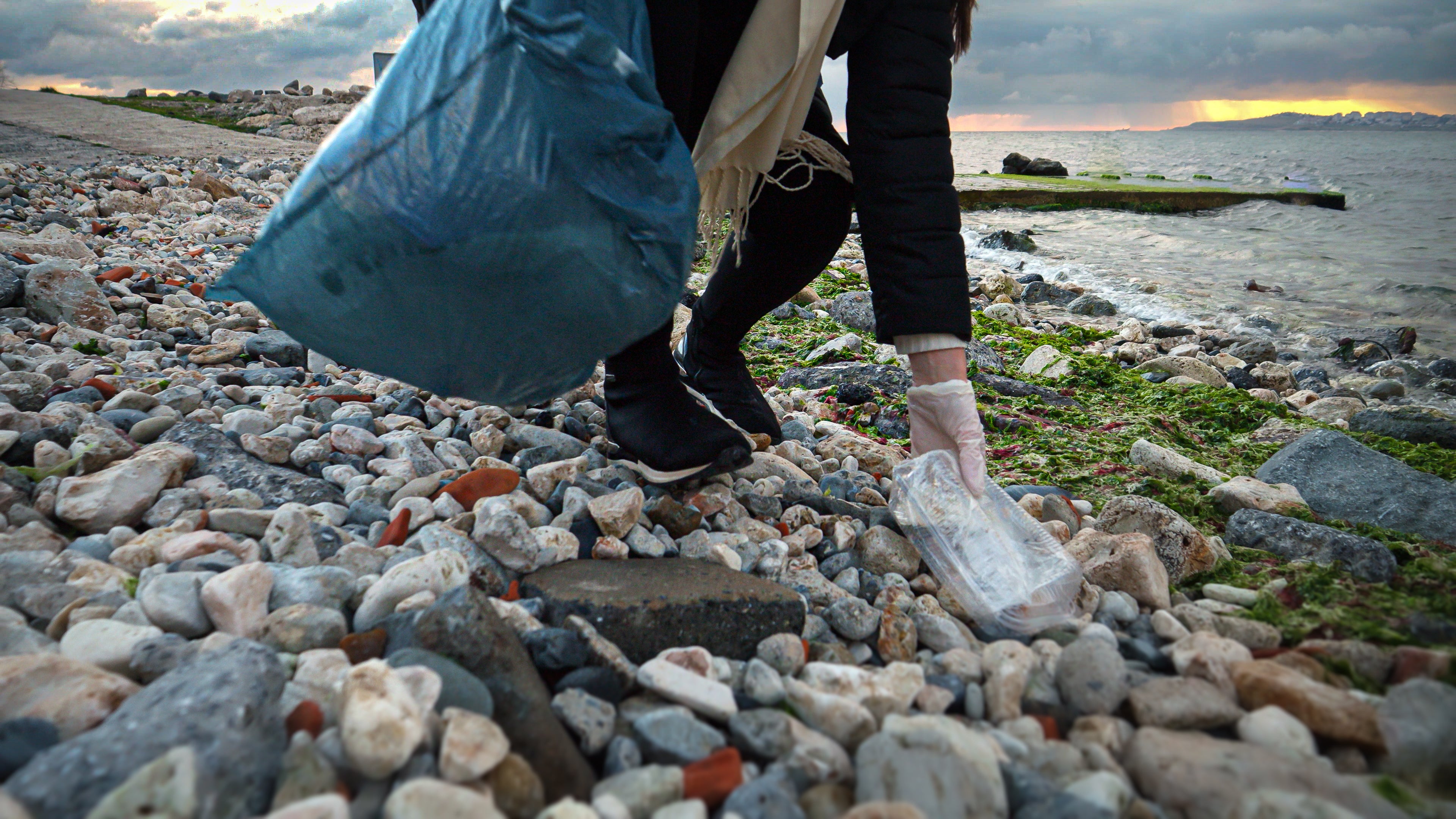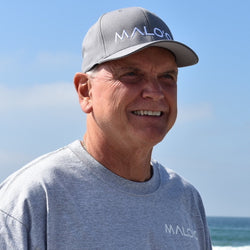
I’ve been writing blogs about the great outdoors, adventure and what gear we love for the last year or so. Recently, I’ve been asked by many fellow industry startups how we are doing things, and I thought I’d add a few of the “building of Malo’o” articles to our blogs.
Back to the subject at hand. Inventions or new categories of products all share the headline issue. If no one is aware of what you have, how are you going to let them know. It can feel like you are all alone. In today’s world of Google search, folks can only search for what they already know about. So how does a new company and product get its start?
At Malo’o we faced this very issue. We developed a rack that hangs off the side view mirror of most vehicles and it dries and holds outdoor gear. It’s more than a wetsuit hanger, its less than a roof or bicycle rack, it’s not an outdoor clothesline, it’s not an inside fishing pole holder, it’s not a gun rack for carrying your guns, but it is portable, durable rack that can be used for drying wetsuits, clothes, gear and can hold guns and fishing poles, preventing them from falling over. Oh, and Van Life folks love it as it extends functionality to the outside of the rig. It’s a new kind of things that doesn’t immediately have a product name that encompasses everything it does.
Our outdoor gear rack was developed based upon a multi-use need that didn’t have a solution. It’s not like anything else, but parts of it are like other things. Assuming you’ve been convinced there, is a market, the question becomes “how do you build awareness for it”?
I’ll share with you how we decided to go to market at Malo’o.
• Kickstarter – we decided to test our invention on Kickstarter rather than Indiegogo as Kickstarter’s audience is much larger. Crowdfunding platforms are a great way to test demand as the people who frequent them are used to investing or purchasing products that they will not receive for up to a year away. It’s also where your community starts.
• Social – we set up profiles on Facebook, Twitter, Pinterest, Instagram, YouTube, G+, and Snapchat. These days, you need to be on all of them to at least protect your user/company name. We decided that Instagram and Pinterest would be the most important for us, as they are visual and many DIY folks search there. We knew we’d have to show how our racks are being used in order to get folks to say “ahh, I get it”.
• SEO – yes, we started this early. We started with a Shopify Store right out of the gate. Initially, we just used it as a landing page, as we didn’t have product to sell, but we wanted to start creating content and understanding the keyword and competitive space. Initially, we thought we had made a huge mistake bringing the Malo’o DryRack to market. Any of the keywords we thought would apply to us, had either very low search volume or were highly, highly competitive. We found a few that might work for us, and guess what? The first and second page of Google search results were dominated by Amazon, REI, Walmart, Target, Dick’s, Rip Curl, Burton and more household names. We knew that basic SEO wasn’t going to work, and that we’d have to be very aggressive and all-encompassing in order to move the needle.
• Community- besides the social communities we were building online we knew that people seeing the product in use was more important than anything else. We were reminded of the ancient Chinese proverb of “a picture is worth ten thousand words”, and took it to heart. Once we received our first shipment of product, we decided to give away the first 200 racks. We looked for people hanging their wetsuits on their side view mirror or other places trying to dry it. We visited RV parks and saw who lost the use of their lawn chairs to towels and we were on Instagram everyday looking for outdoor adventurers that we thought would be good initial users. It was a leap of faith, shipping products out to people you’ve never met, but the support we received was incredible. More importantly, people starting posting stories and pics on how they were using the racks.
• Local Community- building the Kickstarter, social and sponsored community is great, but its wasn’t enough. We needed more of a grass roots efforts to reach more people and increase our awareness and consideration. We tried the one-on-one approach but it’s time consuming and you don’t make much of an impact. We had an opportunity at Surf Ride on Solana Beach and Rip Curl in San Clemente to set up a display in the parking lot, cook a few hotdogs, and share our new product. It was exciting opportunity, and we did sell a few racks and increased awareness, but I think we would have made more money selling hotdogs. This led us to think about fairs, trade shows, and alike. Our first was Oceanside Harbor Days and we probably had 500 people stop by and we sold several racks. Next was the Encinitas Holiday Fair, more people and more sales. With each event we got better at our presentation and the results grew also. This year we are in some huge shows and we’ll see how we fare with the big boys.
• Email – yes, the same old email marketing of the last 20 years. However, today there are many great tools to take advantage of, like automation. Creating email campaigns that run based upon actions taken by recipients. We spend a significant portion of our marketing time on building our email list. Think of it as a company asset and you’ll start thinking about it in the right way. We’ve done co-marketing campaigns with industry partners like 7till8 wetsuits and ReddyYeti to help build our individual email lists. Besides open rates and click through rates, make sure you view the unsubscribe and spam report numbers, as you’ve spent time building the list, don’t turn them off.
• Amazon- yep, the big boys who make finding us just about impossible online. It’s about credibility. Amazon is the biggest retailer in the world and if you’ve got a consumer product, it should be available on Amazon. You need to have packaging, warranties, UPC codes, and more to be on the platform. If you have poor quality and lots of returns, you’ll be kicked off. Complying and selling on Amazon gives online retail credibility to your products.
These were the first steps we took in our go-to-market strategy for Malo’o. In future posts, I’ll share what our second steps are and what we have learned. To fellow startups: have faith in yourself and your team, it takes time, and perseverance is key!



